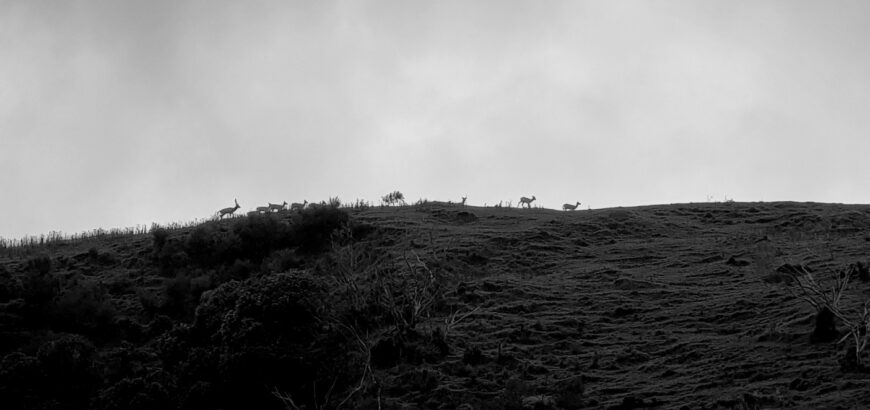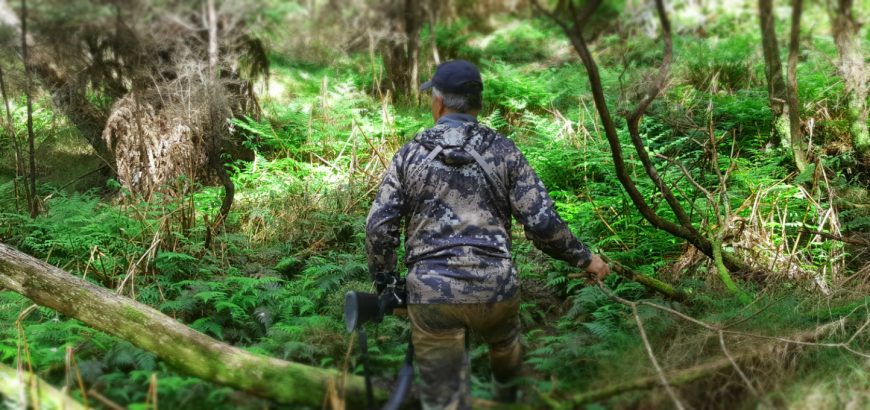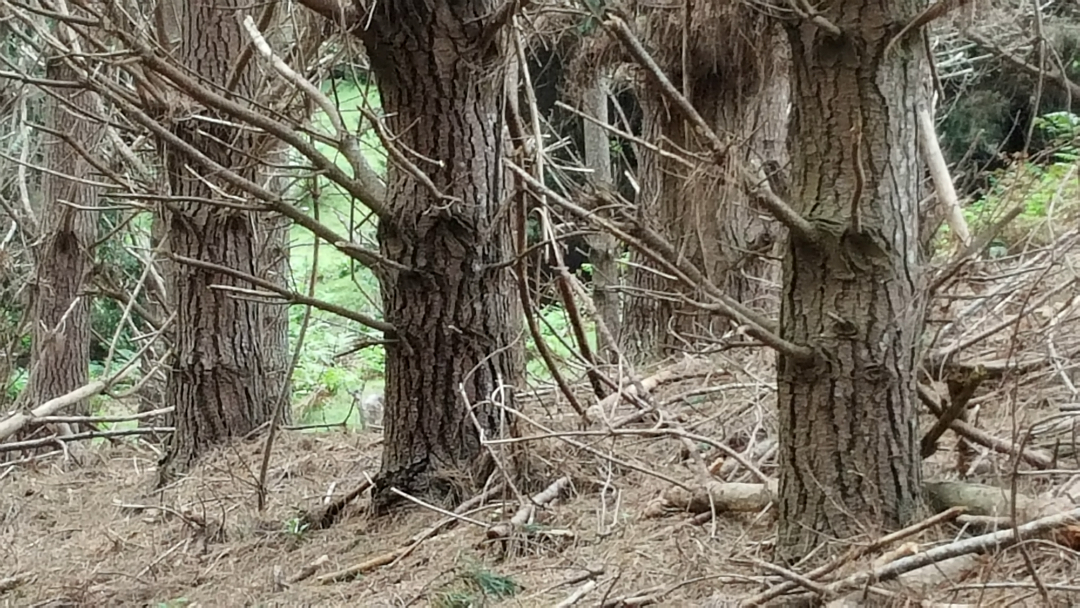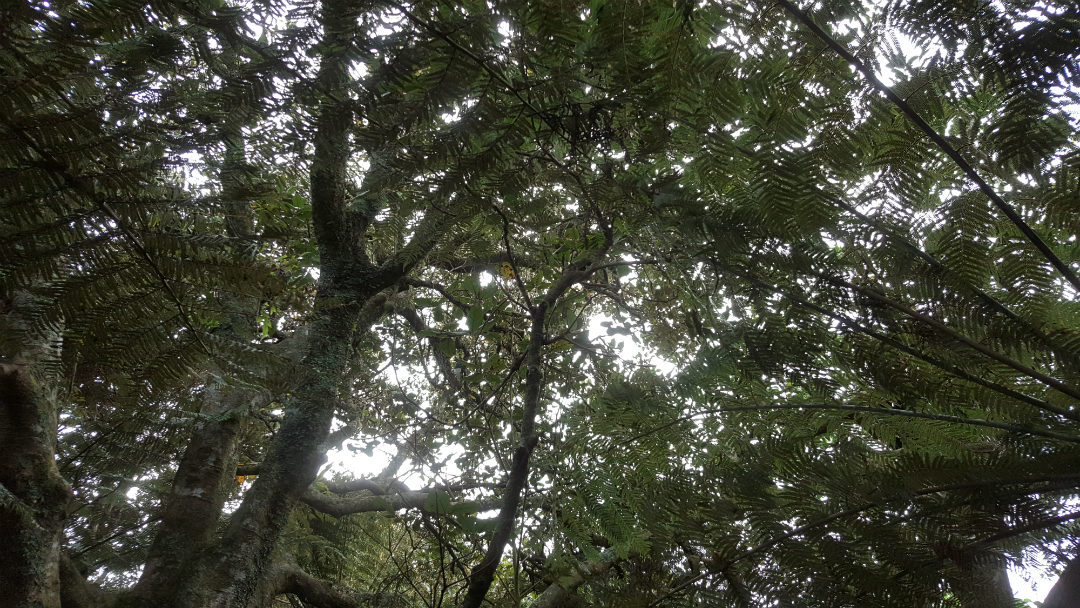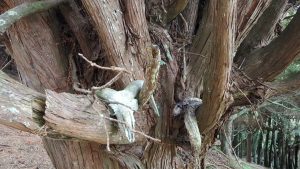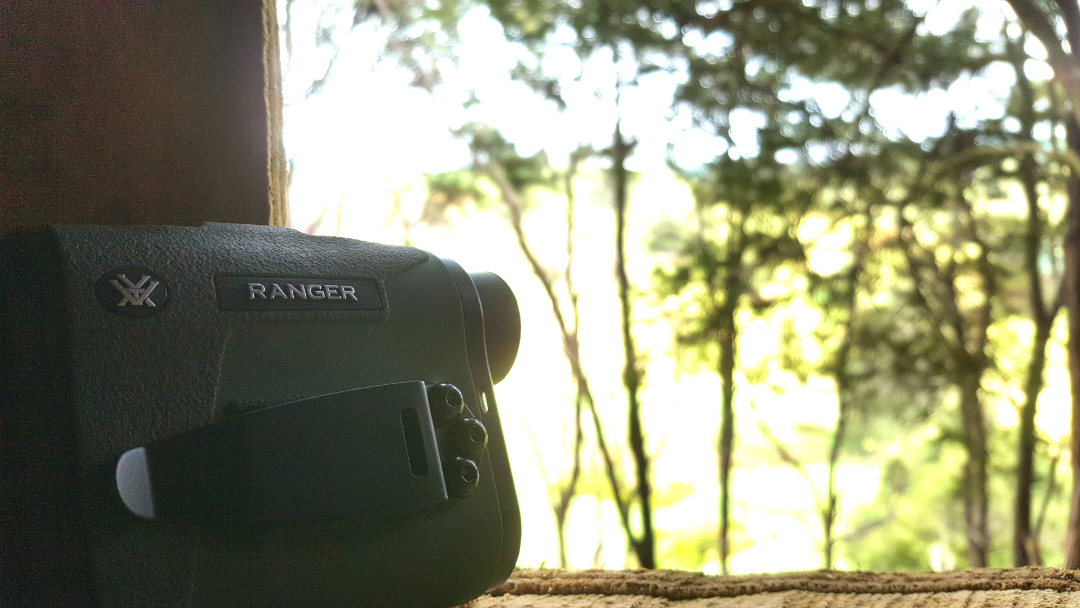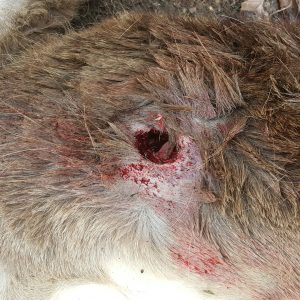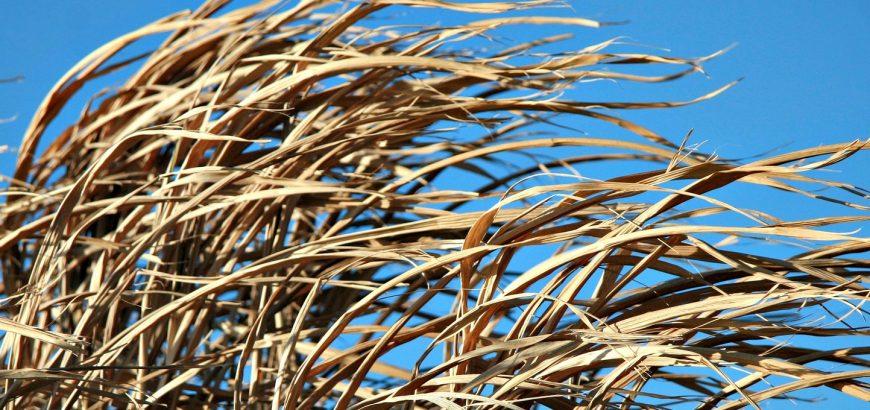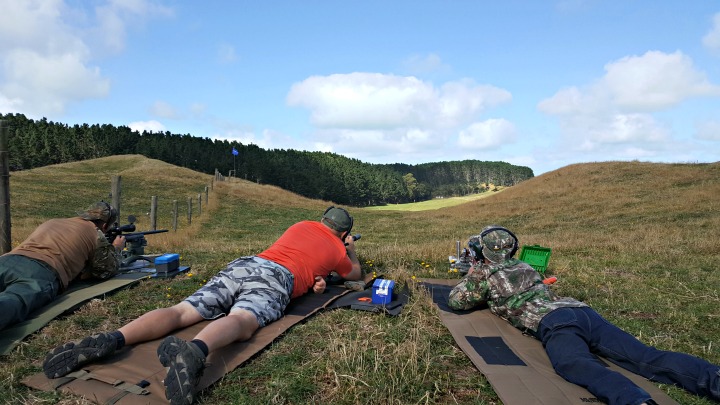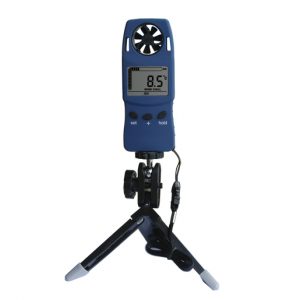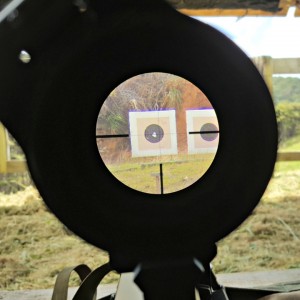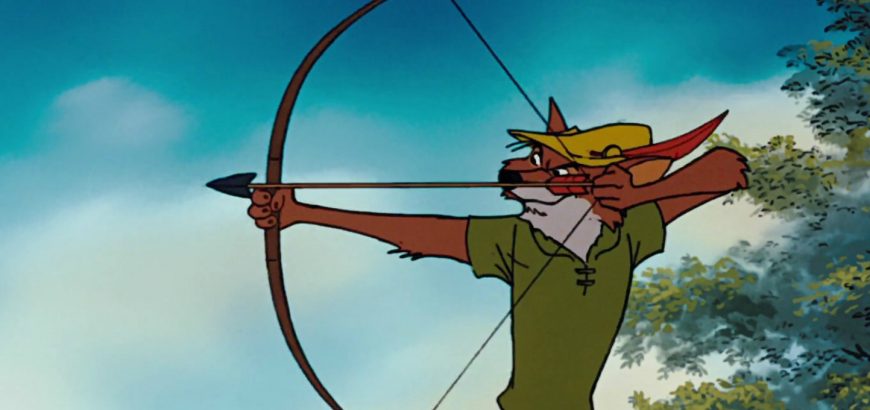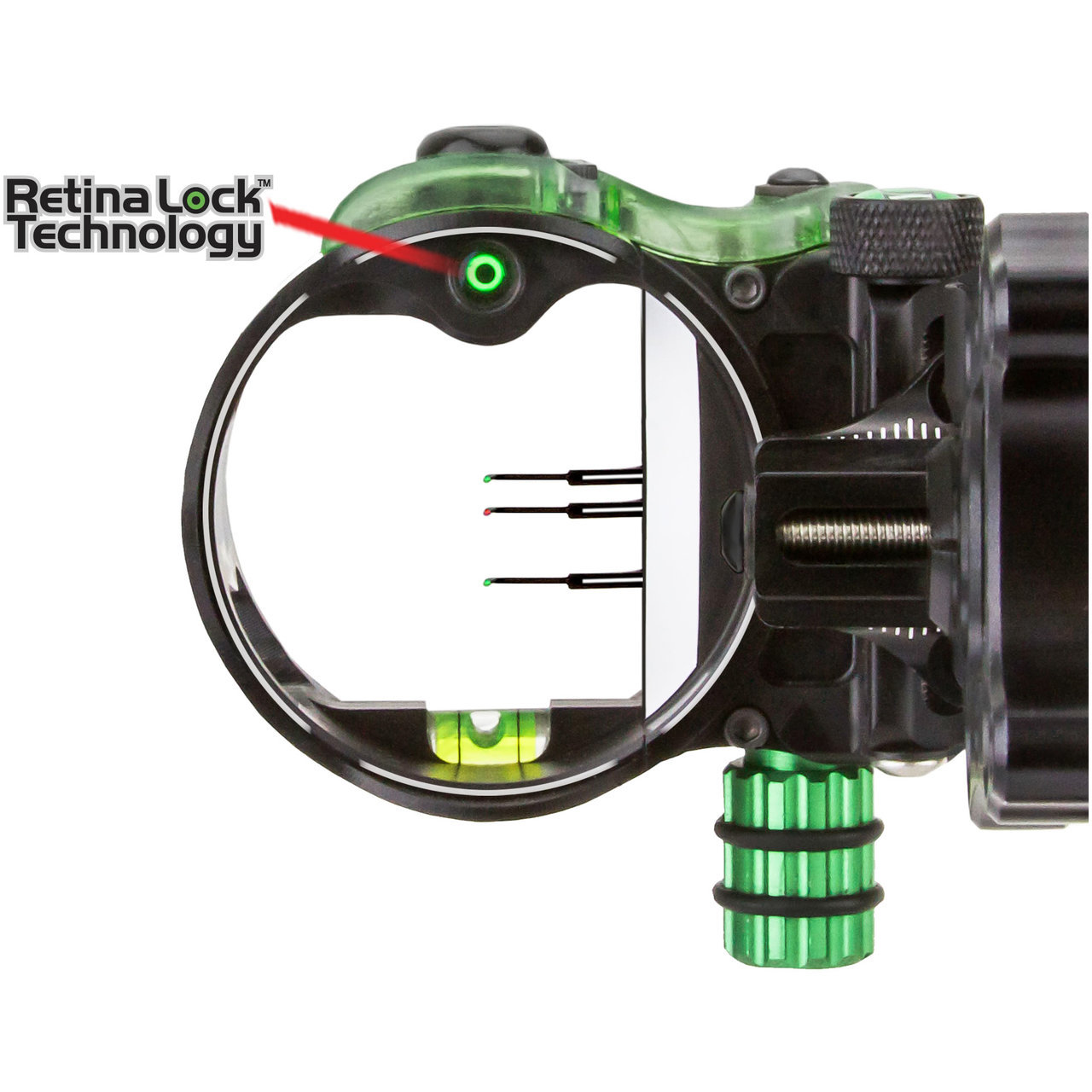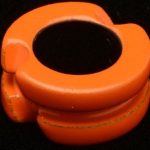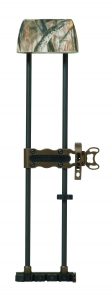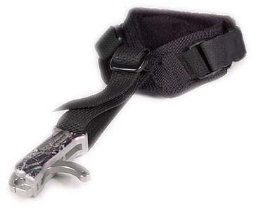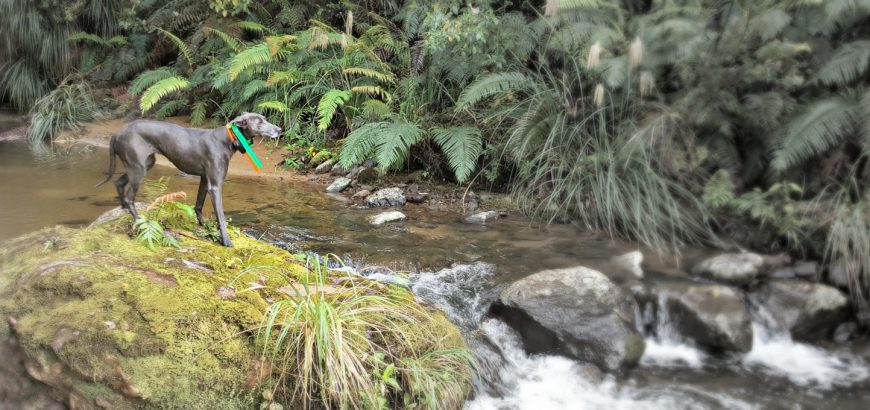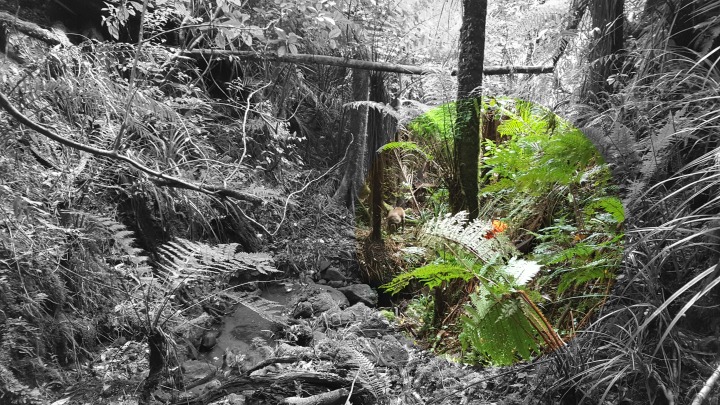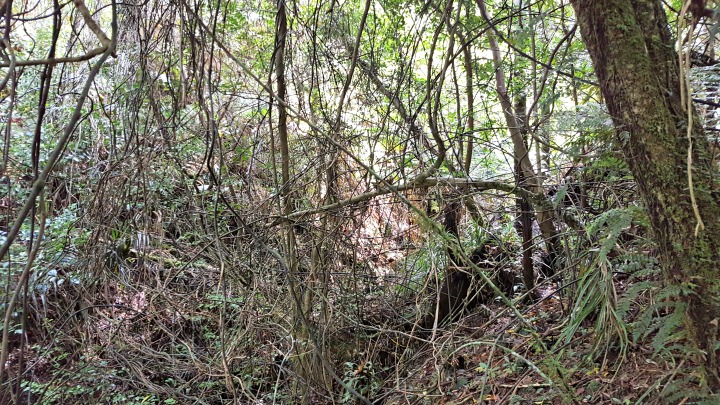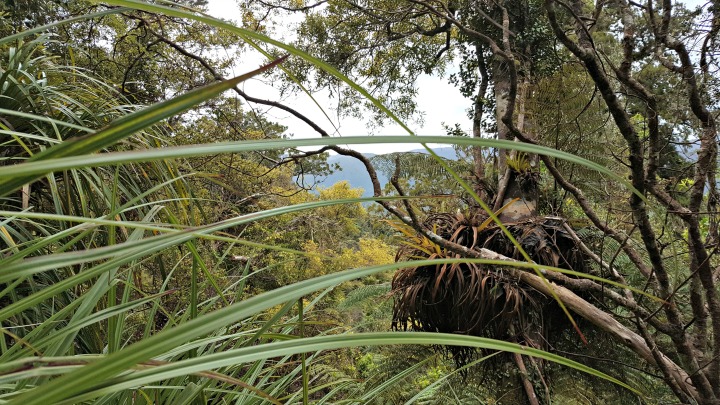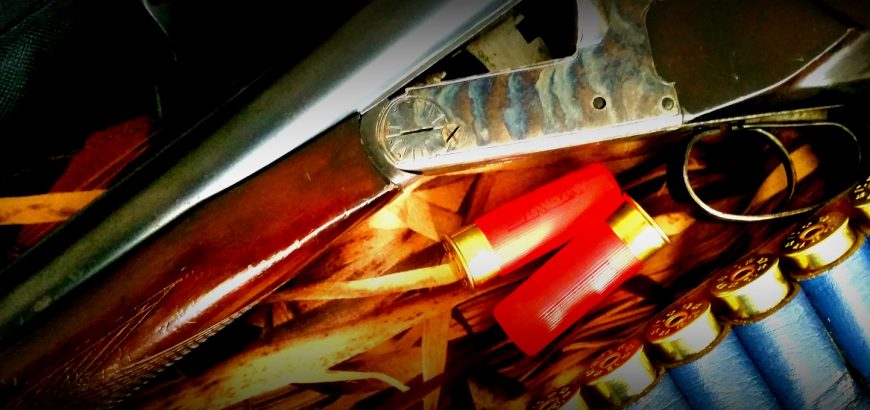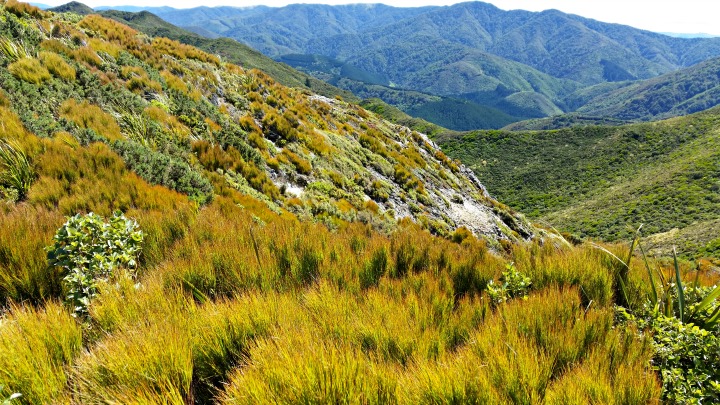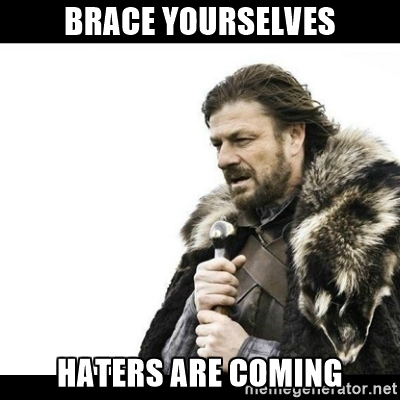New Zealand is a land of practically unlimited hunting opportunities – for those who know where to look and how to get there. However, if you live in suburbia, or you’re new to hunting, it can be really hard to get into it and pick up the skills you need to be confident going out solo. It was for this very reason that I took my wife, Kassie, to Muddy Waters to hunt her first deer.
Getting there
Muddy Waters is about 35 mins north west of Whanganui. We travelled from Pukekohe, and total drive time was 5 hours 45 mins, with the best rest stops along SH4 being Otorohanga, Te Kuiti, Taumaranui or Whanganui if you need the luxuries of a bigger town (fast food, petrol station, etc). Although you’re driving south, you do end up going west and then north again, as the location is up a road that has no northern access. This ends up being one of the great features of the block , as it is hemmed in by native bush and other large farms, with no encroaching suburbs or human population. All this means better conditions for the fallow deer that the Whanganui region is known for.
Your last 25 mins or so are on a metaled road with lots of twists and turns, so take it easy, you’re almost there
The Muddy Waters experience
I’ve been to Muddy Waters a few times now, but when I took Kassie there it was my first time there too. The GPS took us a little past the gate, and we backtracked and found our way. We drove down to the woolshed, where we met Hamish and discussed our plan for the hunt. With a little bit of daylight left, it was decided that the best course of action was to do a quick sight in / zero check, settle in for the night, and hit the hills in the morning.
Kassie was shooting my Tikka 6.5×55, which you may have seen a few times on our social media pages or in other articles on this website. We had just switched to ELD-M handloads, as they had only been out a couple years at this point. I was shooting a sporterised Swedish Mauser in 6.5×55 as well, shooting factory Federal ammo.
I checked zero on a kill-zone sized steel gong at 200 metres, as I hadn’t used the ammo before. This zero-checking exercise is also Hamish’s opportunity to identify how comfortable a shooter is taking a reasonable hunting shot. When I put a couple rounds on target, Hamish said “Oh, you guys can shoot, that’s going to make my life a bit easier”.
Kassie then immediately showed her skill, as she stacked two rounds on top of each other, sparks flying off the steel in the fading light. “Oh shit, you can really shoot!” Hamish exclaimed. Yeah, I was a proud husband at this point… Zeros confirmed, we packed away the rifles and saved the rest of our ammo.
If you’re driving from further afield, like us, you may want to pay the bit extra to stay the night and be fresh for your hunt (or your drive home). The woolshed has a bunk house attached, with four bunks, a reasonable kitchen facility and a shower and toilet. After a quick packed dinner, a couple beers and plenty of yarns, we turned in to get some rest.
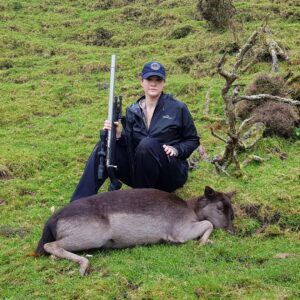
Being early June, the crisp weather and short daylight hours meant deer would likely be out grazing most of the day, catching sun where possible. We ambled out after a coffee, without too much pressure on time, and took a quick ride in the side-by-side to the back of the block to start scouting around. I couldn’t believe how many deer were around, and we passed some beautiful looking bucks, but we were there for a meat hunt, not a trophy animal.
It’s easy to forget how much elevation you’ve gained from sea level, but on a clear day the views from the hilltops are outstanding. You can see all the way to snowcapped peaks of Ruapehu in one direction, and out to the sea on the west coast in the other.
After leaving the vehicle we walked a winding track, up and down ridges and gullies, keeping the bush edge largely on our left. After a while we reached the area we had planned to hunt, and passing through the gate we were told it was time to keep quiet and load up our rifle magazines. From here it wasn’t long before Hamish indicated to get low. We started to crouch and move into position, looking into the next valley. Luckily we had the wind in our favour, as the mob of deer ahead of us started to move up towards us and to our left, but at a steady, walking pace – definitely not spooked.
As we were on the side of a hill, with the slope going up to our right, there was no way to get a comfortable prone position. Kassie quietly got into a sitting position, and took a clean shoulder / heart shot on a nice fat doe at 180 metres. Hamish did mention afterwards it’s not the kind of shot he would usually advocate a beginner hunter taking (in terms of distance and position), but having seen her shoot the night before, he was confident in her ability.
I, on the other hand, managed to do the exact opposite. We left Kassie’s doe to peak over the top of the hill we were sitting on, and Hamish pointed out a scrubby looking buck. “Bro, that’s a cull – take him out”. I was stoked to get to take a shot at my first buck, considering we had paid for 2x meat animals, so this was a bit of a bonus.
Maybe it was the nerves, maybe it was something else, but I pulled the shot left and instead of hitting him in the chest (he was facing us), my round broke his rear right leg. He dropped for a half second and started running / limping off. What was a relatively easy 100 metre shot, quickly turned into trying to dispatch a running deer at over 200 metres, as he rounded a hill and broke line of sight.
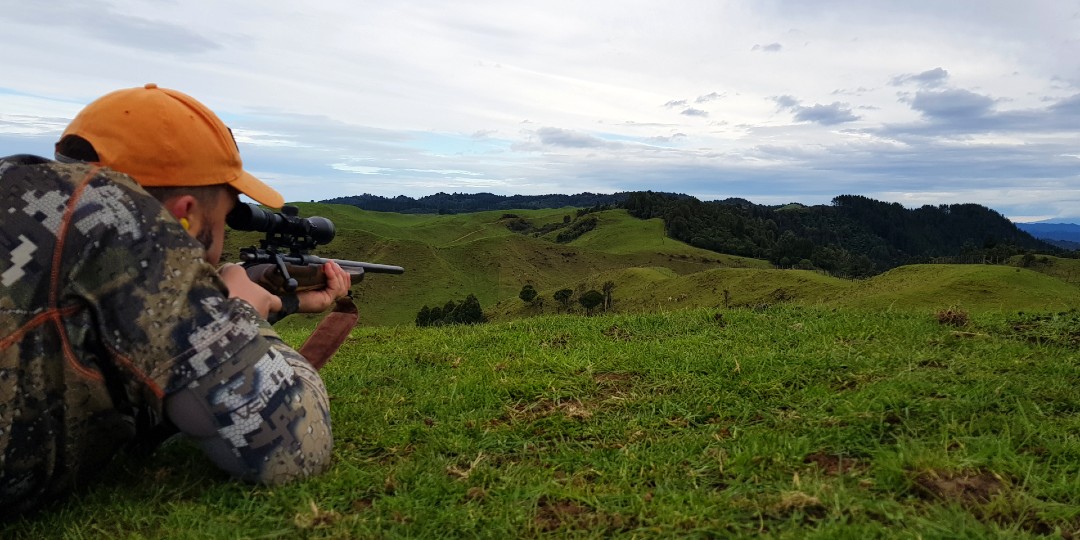
Having lost confidence in my rifle, and not wanting to go back to my pack for more ammo, I grabbed the Tikka off Kassie, and Hamish and I went after the wounded animal. I had a sick feeling in my gut, thinking the poor thing would end up caught caught on a fence, or slowly wasting away, so I was deeply encouraged when Hamish spotted a tiny drop of blood and a piece of shattered bone. At this point it had been about 10 minutes or so, and I was worried we may not see the buck again.
We climbed to the top of a nearby hill to get a better vantage, and we continuously scanned the area where we thought he may have broken for the bush edge. It had now been about 15 or 20 minutes, and I was almost certain the deer had made it to the bush and disappeared. Trying to find it in there was not going to be any fun.
Out of the corner of my eye, I picked up on some asymmetric movement, it was the limping gait of the buck that gave away its position, as it was perfectly camouflaged against a backdrop of felled trees. My heart was racing again, as he was less than 100 metres from entering the bush and dropping over a ridge, where we would have struggled to find him. Feeling more confident in my rifle, but still doubting myself, I took a few deep breaths and pulled the trigger on the 285 metre downhill shot. The buck dropped on the spot, the projectile having gone through half of his body and dumping a huge amount of energy before coming to a stop inside the front right shoulder.
This was the first animal I had not killed cleanly (and so far the only one – fingers crossed), and I was so fortunate to have a good guide with tracking ability, patience and sound advice. I was feeling elated at having shot my first buck, regaining the animal, and also having pulled off a decent shot after such a shocker. We talked through what had happened as we walked back to where Kassie was waiting.
Wrapping up
Now it was time to retrieve and gut our two animals – we were taking them out skin on, to protect the meat on the long ride home, before dropping them off for processing at Counties Custom Killing in Bombay. Hamish guided us through his technique of gutting a deer, which has been refined on hundreds of hunts, and is still the way I gut deer today. Being a fairly new hunter myself, this was invaluable to learn.
Kassie was first up and got stuck in, making a bit of a face when she was elbows deep in the body cavity. She was determined to do the whole job herself, and did well. We stuck the heart up in a nearby tree, and then Hamish and Kassie carried the deer out to the track, where we could get it later on the side-by-side.
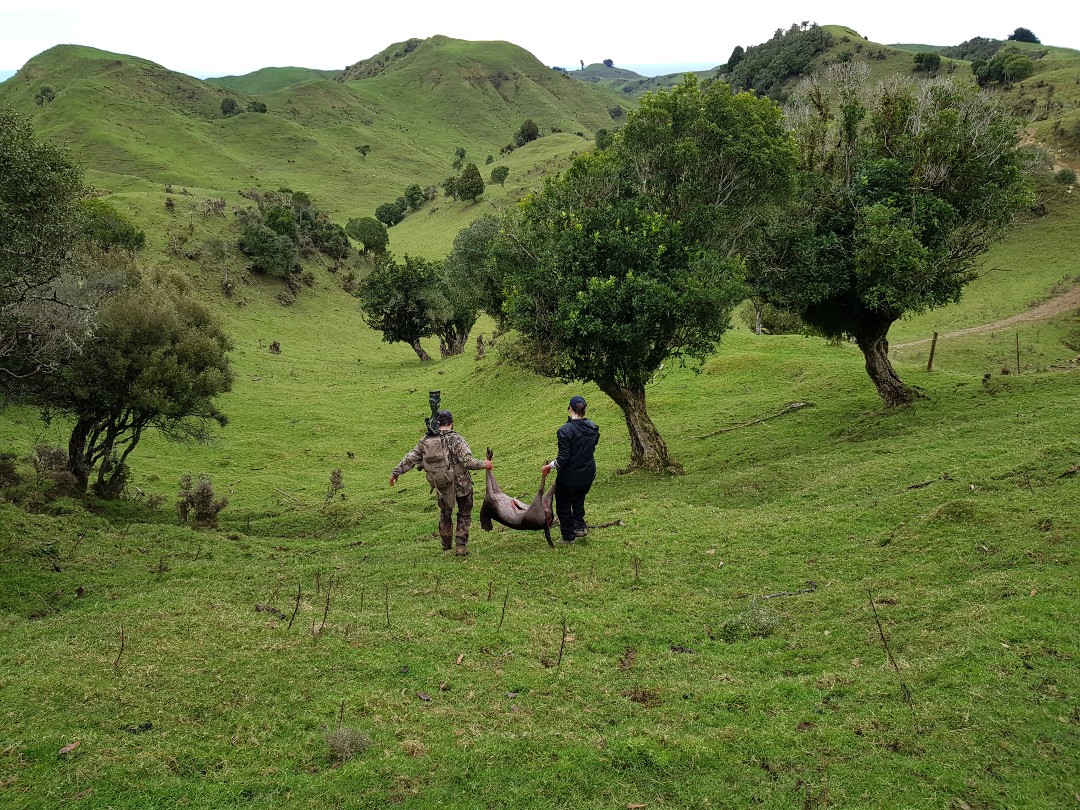
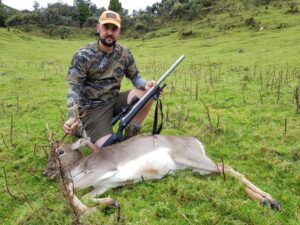
After getting the vehicle and loading up Kassie’s deer and the rifles, we drove over to where my buck was and it was my turn. Having watched and listened to Hamish’s instructions on the first deer, I tried to incorporate as many of his tips and tricks as possible, and we quickly finished up with our second deer ready to go. I was really impressed when I used my rangefinder from the deer to our position on the hill and found it to be almost exactly the range Hamish had given me when I took the shot. Hamish’s range estimation was done with pure skill and knowledge of the land, so that was a very good indication of just how good a guide he is.
Returning to the woolshed, we hung the deer up in a cool store while we washed up and got ready to go. It was barely past lunch time, and we’d had a full hunting experience – the benefit of having a great guide, with local knowledge. The ride home seemed shorter than the trip down, as we chatted about what went right, and what went wrong, and what delicious small goods and steak cuts we were going to get done. If I’m honest, it wasn’t too long before Kassie fell asleep in the passenger seat, but I was in my own world anyway, thinking about the next time I’d get back there.
It’s been a while
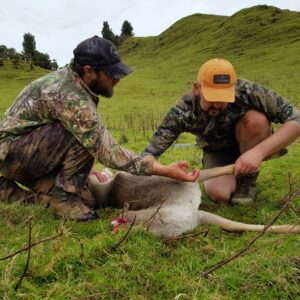
This was three and a half years ago, and I’ve gone back a few times since, once to take my younger brothers out for a hunt, once to stock up the freezer, and most recently for the Crosshairs ELR course, held on the same property. Unfortunately 2021 hasn’t been the best year for getting out and about hunting, but I feel like I need to make another trip down that way soon…
Are there really that many deer?
Yes. There are bloody heaps. Manawatu-Whanganui has a fallow deer problem like northern Taranaki has a goat problem. If you go out with Hamish, you will likely pass multiple animals just getting to the spot you want to start your hunt from.
Are fallow deer good for first time hunters?
Yes, fallow are a great animal to hunt for your first time. They are a fair bit smaller than red deer, so are easy to process and / or carry out, especially if you are learning or getting fit. Unlike other deer species in New Zealand they almost exclusively eat grass. This means they are often considered to be the best tasting venison, so you can share your hard-earned kai with non-hunters without them turning their nose up at a gamey flavour. Or not. You’re probably not going to want to share…
Having such a predictable diet also makes them easier to locate when hunting, if you know the local terrain and likely feed spots.
Once you’ve picked up some knowledge and head out on your own, fallow is a great target species, often found at the boundaries of DOC land and farms (be careful to be on the right side of the fence).
Is Muddy Waters only for beginner hunters?
Not at all. It’s a really good environment to learn in, and especially to pick up hunting skills if you haven’t had the opportunity to do this with friends and family. However, it’s equally good for more advanced hunters to have a casual meat hunt with some mates, or if you want to nab a trophy buck.
Given that the hunting is so good, you can also use the opportunity to test your equipment out for harder missions, or tick off bucket list activities. For example, a couple years ago I took my longest range shot on a deer at Muddy Waters, and this year Graeme from Taranaki Long Range Shooting achieved his goal of taking down a deer with an original condition Lee Enfield No1 MkIII.
Muddy Waters can also accommodate very accessible hunting, so if a long hike is something that is difficult for you for whatever reason, this could be a prime way to get into hunting.
Is Muddy Waters fair chase hunting?
Absolutely. While you have very high odds, due to the sheer number of animals in the area, it is up to you to hunt and shoot effectively. The deer are not fenced in, and migrate freely between the native bush, the beef and sheep farm Muddy Waters is located on, and the neighbouring properties too. Free range, fair chase, ethical hunting.
Hamish maintains a really good line of genetics in the herd by culling out animals which may not have the best coats or antlers – these animals are targeted for meat hunts. So even though the animals are not a farmed herd, they do benefit from superior genetics surviving multiple seasons, which means you can call up Hamish and talk about a hunt for a prime trophy buck.
What do I need to hunt at Muddy Waters?
Not much. Take a sleeping bag and pillow if you’re going overnight. Appropriate clothing and footwear (including wet weather gear), food, snacks and water. But otherwise, talk to Hamish about what you want to take. He does have a rifle that can be loaned to clients if you don’t have your own, or want to take a new hunter with you.
How do I book a hunt and what does it cost?
You can reach Hamish on the Muddy Waters Facebook page, or by email to enquire about bookings and pricing. At time of writing there is a special rate on meat hunts due to high deer numbers.
